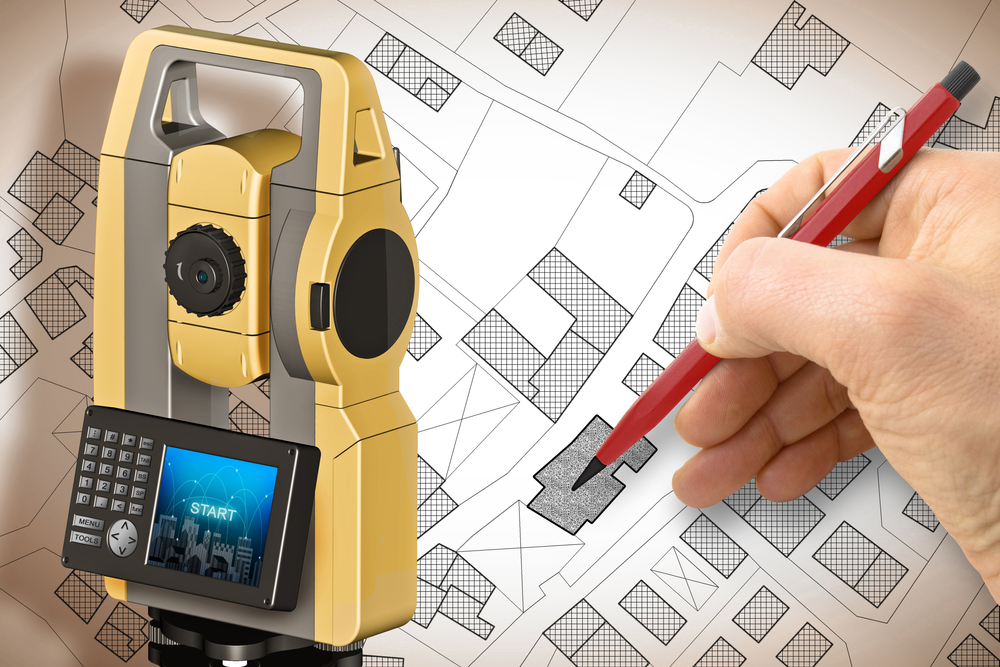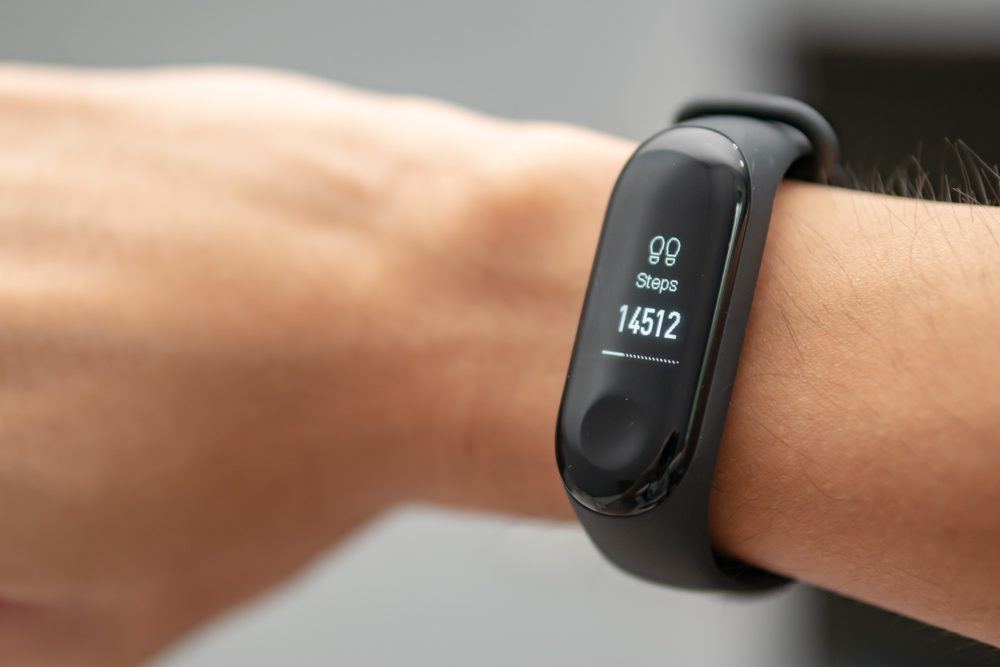What Are The Differences Between A Bearing Surveys?

Bearing surveys are an essential component of land surveying, construction, navigation, and various engineering applications. They involve the precise measurement of angles to determine directions and locations. Within this domain, understanding the differences between circle bearing and quadrantal bearing—two common types of bearing measurement—is crucial for professionals in the field. This blog explores their unique characteristics, applications, and how they are utilized in various surveying contexts.
What Is a Bearing Survey?
A bearing survey involves measuring angles to determine the direction of a line relative to a reference direction. Bearings are expressed in degrees and used to define the orientation of lines, points, or objects. These measurements are critical in mapping, navigation, and construction to ensure accuracy and alignment.
Bearings can be classified into different types based on how the angles are measured and interpreted. The most common types include circle bearing and quadrantal bearing, each with distinct methodologies and applications.
Circle Bearing: A Comprehensive Overview
What Is Circle Bearing?
Circle bearing, also known as azimuth bearing, is a method of expressing direction by measuring the angle clockwise from a fixed reference direction, typically the north. The angle ranges from 0° to 360° and provides a complete circle of measurement.
For instance:
- 0° indicates north.
- 90° indicates east.
- 180° indicates south.
- 270° indicates west.
Key Features of Circle Bearing
- Full Circle Measurement: The entire circle (360°) is divided into four quadrants, making circle bearing suitable for applications that require precise and unambiguous directions.
- Clockwise Measurement: The angles are always measured in a clockwise direction from the reference north, ensuring consistency and simplicity in navigation and calculations.
- Universal Applicability: Circle bearings are widely used in GPS systems, topographic surveys, and military navigation due to their global standardization and ease of integration with modern technology.
Applications of Circle Bearing
Circle bearing is extensively used in:
- Navigation Systems: Modern GPS devices rely on azimuth bearings for accurate direction and position tracking.
- Engineering Projects: In road construction and urban planning, circle bearings help determine alignment and orientation.
- Astronomy: Telescopes often use azimuth measurements to locate celestial objects.
Quadrantal Bearing: A Closer Look
What Is Quadrantal Bearing?
Quadrantal bearing, also known as reduced bearing, is a system of measuring angles relative to the nearest north-south axis. The angles are expressed in terms of quadrants (NE, SE, SW, NW) and range between 0° to 90° in each quadrant.
For instance:
- N30°E indicates a line oriented 30° east of the north axis.
- S45°W indicates a line oriented 45° west of the south axis.
Key Features of Quadrantal Bearing
- Four Quadrants: The system divides the compass into four quadrants, each representing a 90° section, simplifying angular measurements.
- Relative Direction: Bearings are referenced from the nearest north-south line rather than from a single fixed direction like circle bearing.
- Ease of Understanding: Quadrantal bearings are intuitive for fieldwork and small-scale applications, as they clearly define both direction and angle.
Applications of Quadrantal Bearing
Quadrantal bearings are commonly used in:
- Land Surveys: Ideal for localized land measurements where simplicity and clarity are paramount.
- Architecture: Often applied to small-scale construction projects for layout and orientation.
- Maritime Navigation: Quadrantal bearings are historically significant in marine navigation for defining ship courses.
Differences Between Circle Bearing and Quadrantal Bearing
To better understand these two types of bearing measurement, let’s explore their differences across key parameters:
1. Range of Angles
- Circle bearing: Ranges from 0° to 360°, covering the entire circle.
- Quadrantal bearing: Ranges from 0° to 90° within each quadrant.
2. Reference Direction
- Circle bearing: Uses the north direction as a fixed reference, with angles measured clockwise.
- Quadrantal bearing: Uses the nearest north-south line as a reference, with angles measured toward the east or west.
3. Notation
- Circle bearing: Expressed as a single angle, e.g., 135°.
- Quadrantal bearing: Includes directional notation, e.g., N45°E or S60°W.
4. Application Context
- Circle bearing: Suitable for large-scale and high-precision projects like road alignments and GPS mapping.
- Quadrantal bearing: Ideal for localized surveys and projects where simplicity is a priority.
5. Ease of Use
- Circle bearing: May require more training to interpret, especially for non-experts.
- Quadrantal bearing: More intuitive and user-friendly for those with minimal technical expertise.
Choosing Between Circle Bearing and Quadrantal Bearing
When selecting a bearing system, the choice depends on the specific requirements of the project or application. Here are some factors to consider:
Scale of the Project
- Large-Scale Projects: For projects like highway design, pipeline alignment, and regional surveys, circle bearing is preferred due to its precision and integration with advanced tools.
- Small-Scale Projects: Quadrantal bearing is more practical for localized tasks such as boundary marking or small construction layouts.
Accuracy Requirements
- High Accuracy: Circle bearing is the go-to option when precise angular measurements are critical.
- Moderate Accuracy: Quadrantal bearing suffices for projects where moderate precision is acceptable.
User Proficiency
- Trained Professionals: Circle bearing is often used by experienced surveyors and engineers.
- General Use: Quadrantal bearing is suitable for less complex applications and users with limited technical knowledge.
Practical Examples of Circle and Quadrantal Bearings in Action
Circle Bearing Example:
A surveyor determines the bearing of a line running from a starting point to a destination point. Using circle bearing, the angle is measured as 215°, indicating the line runs in a southwesterly direction.
Quadrantal Bearing Example:
The same line measured with quadrantal bearing might be expressed as S35°W, clearly indicating its direction relative to the south and west.
Benefits of Understanding Both Systems
Familiarity with both circle and quadrantal bearings offers several advantages:
- Versatility: Enables professionals to adapt to different projects and tools.
- Error Reduction: Minimizes mistakes caused by misinterpreting directional data.
- Enhanced Communication: Facilitates clear and consistent information exchange among teams.
Conclusion
The differences between circle bearing and quadrantal bearing lie in their range, reference direction, notation, and applications. While circle bearing provides a full-circle measurement for large-scale and precision-demanding tasks, quadrantal bearing offers simplicity and clarity for smaller projects.
Understanding these distinctions allows professionals to choose the right system for their needs, ensuring accuracy and efficiency in surveying and navigation. Whether you’re charting a course across the seas or marking boundaries for a construction site, the right bearing system can make all the difference.
Need Land Surveyors in Texas?
At Smyth Surveyors, Inc., we offer professional, official, and dependable land surveying in Texas. Our staff are all trained and licensed with our owner holding an L.S.L.S license. We can offer surveying for gas and oil well locations, pipeline right-of-way acquisition and construction alignment, determination of original survey boundaries, title boundary surveys, topographic surveys, and construction staking. If you are looking for a surveying company that has a prestigious record and an impeccable reputation look no further than Smyth Surveyors, Inc. Contact us today to speak with one of our friendly project managers and set up some time with us!
